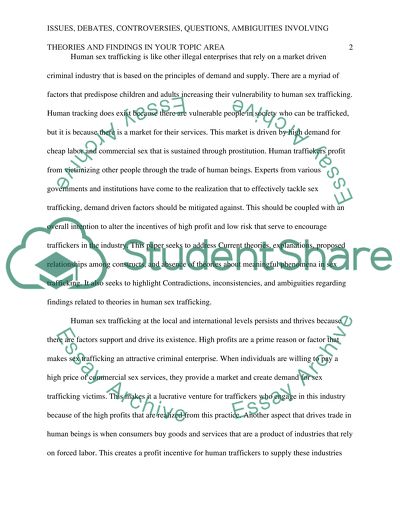Cite this document
(“Issues, Debates, Controversies, Questions, Ambiguities Involving Essay”, n.d.)
Issues, Debates, Controversies, Questions, Ambiguities Involving Essay. Retrieved from https://studentshare.org/sociology/1484938-issues-debates-controversies-questions-ambiguities
Issues, Debates, Controversies, Questions, Ambiguities Involving Essay. Retrieved from https://studentshare.org/sociology/1484938-issues-debates-controversies-questions-ambiguities
(Issues, Debates, Controversies, Questions, Ambiguities Involving Essay)
Issues, Debates, Controversies, Questions, Ambiguities Involving Essay. https://studentshare.org/sociology/1484938-issues-debates-controversies-questions-ambiguities.
Issues, Debates, Controversies, Questions, Ambiguities Involving Essay. https://studentshare.org/sociology/1484938-issues-debates-controversies-questions-ambiguities.
“Issues, Debates, Controversies, Questions, Ambiguities Involving Essay”, n.d. https://studentshare.org/sociology/1484938-issues-debates-controversies-questions-ambiguities.


